2,2-Dimethyl-4-pentenal
- CAS NO.:5497-67-6
- Empirical Formula: C7H12O
- Molecular Weight: 112.17
- MDL number: MFCD00010699
- EINECS: 226-834-7
- SAFETY DATA SHEET (SDS)
- Update Date: 2025-01-27 09:38:02

What is 2,2-Dimethyl-4-pentenal?
Chemical properties
clear colorless to light yellow liquid
The Uses of 2,2-Dimethyl-4-pentenal
2,2-Dimethyl-4-pentenal has been used:
- as electrophile in the synthesis of rearranged bicyclo[6.3.0]undecane isoprenoid skeleton of cyclooctenoid sesquiterpene dactylol and 3a-epi-dactylol
- in the preparation of imine ligand via condensation with primary amine
Synthesis Reference(s)
Organic Syntheses, Coll. Vol. 7, p. 177, 1990
Synthetic Communications, 10, p. 273, 1980 DOI: 10.1080/00397918008062750
Tetrahedron Letters, 14, p. 3, 1973
Properties of 2,2-Dimethyl-4-pentenal
| Melting point: | -53.35°C (estimate) |
| Boiling point: | 124-125 °C (lit.) |
| Density | 0.825 g/mL at 25 °C (lit.) |
| refractive index | n |
| Flash point: | 65 °F |
| storage temp. | 2-8°C |
| form | Liquid |
| color | Clear colorless to light yellow |
| NIST Chemistry Reference | 4-Pentenal, 2,2-dimethyl-(5497-67-6) |
Safety information for 2,2-Dimethyl-4-pentenal
| Signal word | Danger |
| Pictogram(s) |
 Flame Flammables GHS02  Exclamation Mark Irritant GHS07 |
| GHS Hazard Statements |
H225:Flammable liquids H302:Acute toxicity,oral H315:Skin corrosion/irritation H319:Serious eye damage/eye irritation H335:Specific target organ toxicity, single exposure;Respiratory tract irritation |
| Precautionary Statement Codes |
P210:Keep away from heat/sparks/open flames/hot surfaces. — No smoking. P280:Wear protective gloves/protective clothing/eye protection/face protection. P305+P351+P338:IF IN EYES: Rinse cautiously with water for several minutes. Remove contact lenses, if present and easy to do. Continuerinsing. P337+P313:IF eye irritation persists: Get medical advice/attention. P403+P235:Store in a well-ventilated place. Keep cool. |
Computed Descriptors for 2,2-Dimethyl-4-pentenal
New Products
3-Iodophenylacetic acid 3-Pyridineacetonitrile, α-hydroxy- 2-Propanamine, 1-chloro-, hydrochloride (9CI) 3-(hexyloxy)-4-(pyridin-3-yl)-1,2,5-thiadiazole 2-Hexyn-1-ol Dibenzo-18-crown-6 Nickel(II) perchlorate hexahydrate, 98% 4-Bromophenylacetonitrile, 95% 3-Bromo-4-fluoroaniline, 97% Sodium tetraborate decahydrate, 98% Palladium(II) acetate, trimer, Pd 99% 4-Bromo-2-chlorotoluene, 97% N N Dimethylformamide Dimethyl Acetal (Dmf Dma) 2,3-Dichloro Benzoyl Cyanide [Side Chain] Bis(2-Chloroethyl) Amine Hydrochloride L-Glutamic Acid Diethyl Ester Hydrochloride 5-(Difluoromethoxy)-2-Mercaptobenzimidazole 1-Ethyl-3-(3-Dimethylaminopropyl)-Carbodiimide Hydrochloride [EDC Hcl] 1,4-Napthoquinone Bromoiodomethane Sodium Bicarbonate Methylene Dichloride (MDC) Ethyl Acetate Indole-3-Carbinol (I3C)Related products of tetrahydrofuran
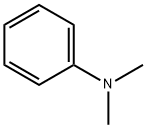

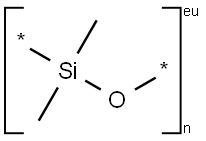

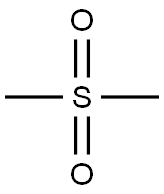
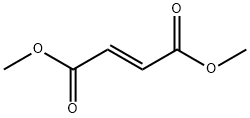
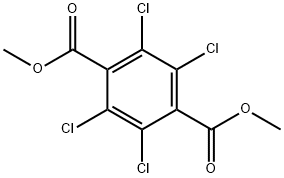

You may like
-
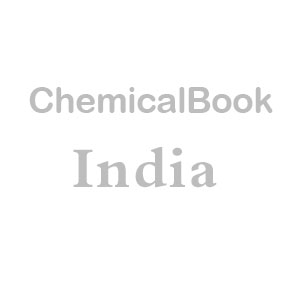 17604-74-9 3-Pyridineacetonitrile, α-hydroxy- 98+View Details
17604-74-9 3-Pyridineacetonitrile, α-hydroxy- 98+View Details
17604-74-9 -
 131987-69-4 98+View Details
131987-69-4 98+View Details
131987-69-4 -
 2-Hexyn-1-ol 98+View Details
2-Hexyn-1-ol 98+View Details
764-60-3 -
 Cyclohexane, (2-propynyloxy)- 67967-07-1 98+View Details
Cyclohexane, (2-propynyloxy)- 67967-07-1 98+View Details
67967-07-1 -
 764-60-3 2-Hexyn-1-ol 98+View Details
764-60-3 2-Hexyn-1-ol 98+View Details
764-60-3 -
 2-Propanamine, 1-chloro-, hydrochloride (9CI) 98+View Details
2-Propanamine, 1-chloro-, hydrochloride (9CI) 98+View Details
5968-21-8 -
 3-Iodophenylacetic acid 1878-69-9 98+View Details
3-Iodophenylacetic acid 1878-69-9 98+View Details
1878-69-9 -
 132945-75-6 (S)-1-Boc-3-methanesulfonyloxy-pyrrolidine 98+View Details
132945-75-6 (S)-1-Boc-3-methanesulfonyloxy-pyrrolidine 98+View Details
132945-75-6
Statement: All products displayed on this website are only used for non medical purposes such as industrial applications or scientific research, and cannot be used for clinical diagnosis or treatment of humans or animals. They are not medicinal or edible.
